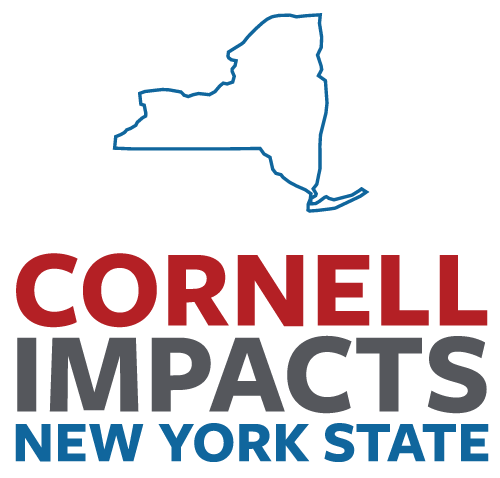We might’ve been under lockdown this year, but science sure wasn’t.
This year was trying for many of us, in between lockdowns, border closures and, well, the rest of it.
But science has been there with a wealth of new discoveries to inspire and capture our imagination, whether it’s through uncovering secrets about a 3700-year-old clay tablet, finding the value in every patch of urban green space, or discovering a new planet in our galactic neighbourhood.
To help us celebrate the end of a (long) year, here’s a roundup of the science stories our readers couldn’t put down.
Australian mathematician reveals world’s oldest example of applied geometry
A UNSW Sydney scientist has revealed that an ancient clay tablet could be the oldest and most complete example of applied geometry.
A UNSW mathematician has revealed the origins of applied geometry on a 3700-year-old clay tablet that has been hiding in plain sight in a museum in Istanbul for over a century.
The tablet – known as Si.427 – was discovered in the late 19th century in what is now central Iraq, but its significance was unknown until the UNSW scientist’s detective work was revealed in August this year.
Most excitingly, Si.427 is thought to be the oldest known example of applied geometry – and in the study released in the Foundations of Science, the research also reveals a compelling human story of land surveying.
“Si.427 dates from the Old Babylonian (OB) period – 1900 to 1600 BCE,” says lead researcher Dr Daniel Mansfield from UNSW Science’s School of Mathematics and Statistics.
“It’s the only known example of a cadastral document from the OB period, which is a plan used by surveyors to define land boundaries. In this case, it tells us legal and geometric details about a field that’s split after some of it was sold off.”
Earth has a hot new neighbour – and it’s an astronomer’s dream
A rocky planet discovered in the Virgo constellation could change how we look for life in the universe.
A newly discovered planet could be our best chance yet of studying rocky planet atmospheres outside the solar system, an international study involving UNSW shows.
The planet, called Gliese 486b (pronounced Glee-seh), is a ‘super-Earth’: that is, a rocky planet bigger than Earth but smaller than ice giants like Neptune and Uranus. It orbits a red dwarf star around 26 light years away, making it a close neighbour – galactically speaking.
With a piping-hot surface temperature of 430 degrees Celsius, Gliese 486b is too hot to support human life. But studying its atmosphere could help us learn whether similar planets might be habitable for humans – or if they’re likely to hold other signs of life.
The findings were published this March in Science.
Ancient relic points to a turning point in Earth’s history 42,000 years ago
Just like in The Hitchhiker’s Guide to the Galaxy, the answer was 42.
The temporary breakdown of Earth’s magnetic field 42,000 years ago sparked major climate shifts that led to global environmental change and mass extinctions, an international study co-led by UNSW and the South Australian Museum shows.
This dramatic turning point in Earth’s history – laced with electrical storms, widespread auroras, and cosmic radiation – was triggered by the reversal of Earth’s magnetic poles and changing solar winds.
The researchers dubbed this danger period the ‘Adams Transitional Geomagnetic Event’, or ‘Adams Event’ for short – a tribute to science fiction writer Douglas Adams, who wrote in The Hitchhiker’s Guide to the Galaxy that ’42’ was the answer to life, the universe, and everything.
The findings were published this February in Science.
Every spot of urban green space counts
An international study of parks and gardens finds even the humble roadside verge plays an important role in the environment and for our health.
The city park may be an artificial ecosystem but it plays a key role in the environment and our health, the first global assessment of the microbiome in city parks has found.
The study, published this July in Science Advances, found that even roadside verges contribute a range of important microbial communities that are critical for sustaining productive ecosystem services, such as filtering pollutants and sequestering carbon dioxide.
“Parks are not the homogenised ecological deserts that we think they are – they are living ecosystems that do amazing things,” study co-author, Professor David Eldridge from the Centre for Ecosystem Science in UNSW Science’s School of Biological, Earth and Environmental Sciences says.
“Urban green spaces harbour important microbes, so if you want to sustain a bunch of ecosystem services, you need to have plenty of parks and greenspaces.”
Dogs (not) gone wild: DNA tests show most ‘wild dogs’ in Australia are pure dingoes
It’s time to take dingoes out of the doghouse.
Almost all wild canines in Australia are genetically more than half dingo, a study led by UNSW shows – suggesting that lethal measures to control ‘wild dog’ populations are primarily targeting dingoes.
The study, published this March in Australian Mammalogy, collates the results from over 5000 DNA samples of wild canines across the country, making it the largest and most comprehensive dingo data set to date.
The team found that 99 per cent of wild canines tested were pure dingoes or dingo-dominant hybrids (that is, a hybrid canine with more than 50 per cent dingo genes).
Of the remaining one per cent, roughly half were dog-dominant hybrids and the other half feral dogs.








